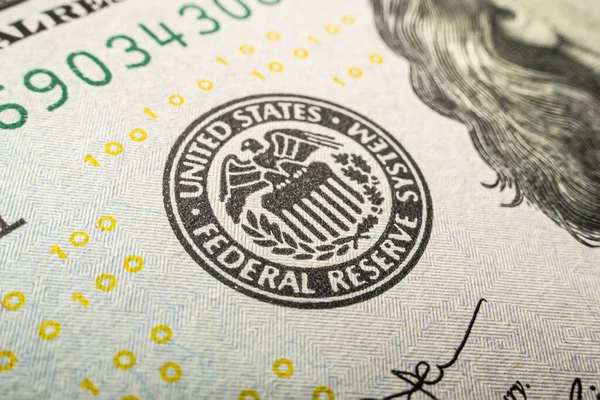Bracing For US CPI

Image Source: DepositPhotos
In the coming week, traders and investors must consider several macroeconomic indicators, including a Consumer Price Index (CPI) report from the world's largest economy. A higher-than-expected CPI reading could potentially upend the epic equity market rally.
The United States isn't entirely home-free regarding inflation concerns, despite the market's inclination to suggest otherwise. As outlined in Friday's Wrap, the situation appears favourable. Last year's revision didn't rock the boat, especially considering the potential supply chain and oil price challenges Jerome Powell and his colleagues faced.
However, the critical question in the macro-policy realm remains unanswered: Is U.S. inflation moving towards a sustainable trajectory aligned with the Fed's definition of price stability? If not, it introduces considerable policy event risk into the equation as a whole lot of investors' money is riding on the disinflation trend extending. I know we should not put all our marbles on one data point; however, if this print comes in exceptionally hot, call all bets off.
The annual revisions released on February 9 were, fortunately, inconsequential. With minimal impact on expectations regarding the timing of the Fed's initial rate cut, the market swiftly shifted its focus, highlighting the significance of events that did not occur rather than those that did.
The markets are currently pricing only around a 20% probability of a rate cut at next month's FOMC meeting. Despite the Fed's efforts to indicate that the likelihood of a cut is effectively zero, seasoned observers understand that unexpected events can rapidly change the landscape, particularly with regional banks and commercial real estate (CRE) factors vying for attention.
The 20% probability of an early rate cut, in this context, we are referring to March, suggests that most traders don't anticipate this week's CPI data significantly influencing the Fed’s immediate decision. A series of dovish events would likely need to occur for the scales to tip in favour of an early rate cut. Which could include an unexpected significant downside miss on CPI, a catastrophic February jobs report, or an unforeseen event similar to the regional bank meltdown experienced in March 2023. One or two of these scenarios would need to unfold to prompt a reevaluation of the possibility of a rate cut in March.
Regarding risk sentiment, the honest debate doesn't revolve around whether the Fed cuts rates a few weeks sooner or later. Instead, it focuses on whether the magnitude of the rate cut aligns with market expectations. However, some market observers are considering the possibility that the Fed will only cut rates 75 bp to avoid passive tightening through the real rates channel.
However, the good news is that U.S. inflation probably decreased at the beginning of the year, reinforcing expectations that the Federal Reserve may consider interest rate cuts in the coming months.
The core consumer price index, which excludes food and fuel to provide a clearer picture of underlying inflation, is expected to increase by 3.7% in January compared to the same period a year earlier. This would represent the smallest year-over-year advance since April 2021 and highlight the progress made by Fed Chair Jerome Powell and his colleagues in addressing inflation concerns. Economists anticipate that the overall C.P.I. will likely rise by less than 3% for the first time in nearly two years, according to Economists' forecasts for Tuesday's report.
Indeed, central bankers could rest easier after the New York Fed's Global Supply Chain Pressure Index (GSCPI), released last week, indicated that supply networks were still operating smoothly. This index provides valuable insight into the health and resilience of global supply chains, vital components of the modern economy. The fact that supply networks are functioning well is reassuring to policymakers, especially given anecdotal concerns about cargo avoidance of Red Sea shipping lanes.
The GSCPI has been on a gradual uptrend since last spring, with a brief surge above normal levels in November. This increase was primarily driven by elevated shipping costs following militant attacks on cargo ships in the Red Sea. However, the index has since eased, coinciding with a significant decline of 56% in shipping fees, as indicated by the Baltic Dry Index. Moreover, indicators such as U.S. factory supplier delivery times and order backlogs, both components of the GSCPI, have shown continued improvement. Despite ongoing geopolitical tensions and disruptions, the supply-chain front appears to be resilient and stable for now.(BMO)
The bottom line is that the Fed still requires more time and data on prices, wages, and demand to ascertain whether inflation will sustainably return to the target before declaring the mission accomplished. However, as of now, they can take comfort in the fact that supply chains remain supportive and cooperative.
More By This Author:
Corporate America Is Delivering Strong Financial Results
CPI Revision Concerns Come To The Fore
The 5000 Summit Push (S&P 500)



